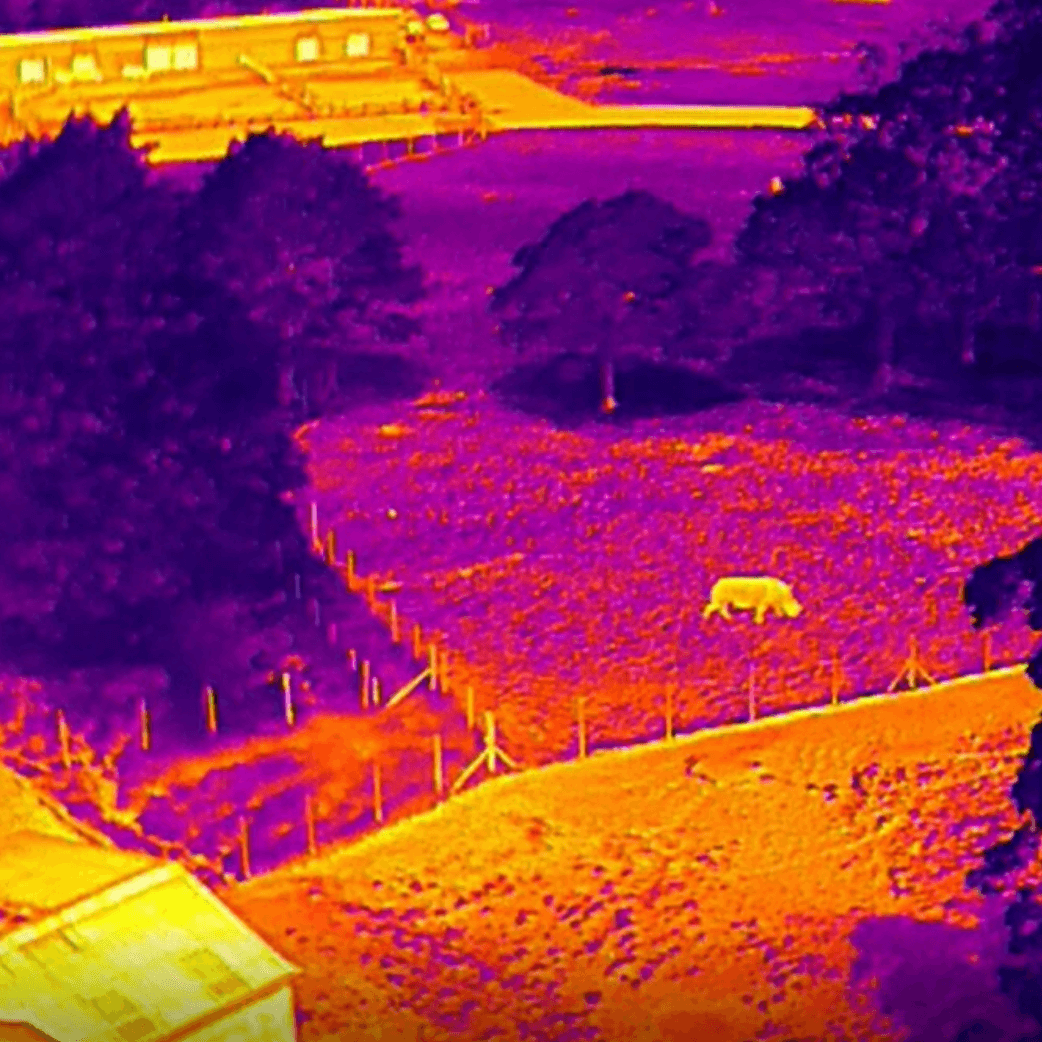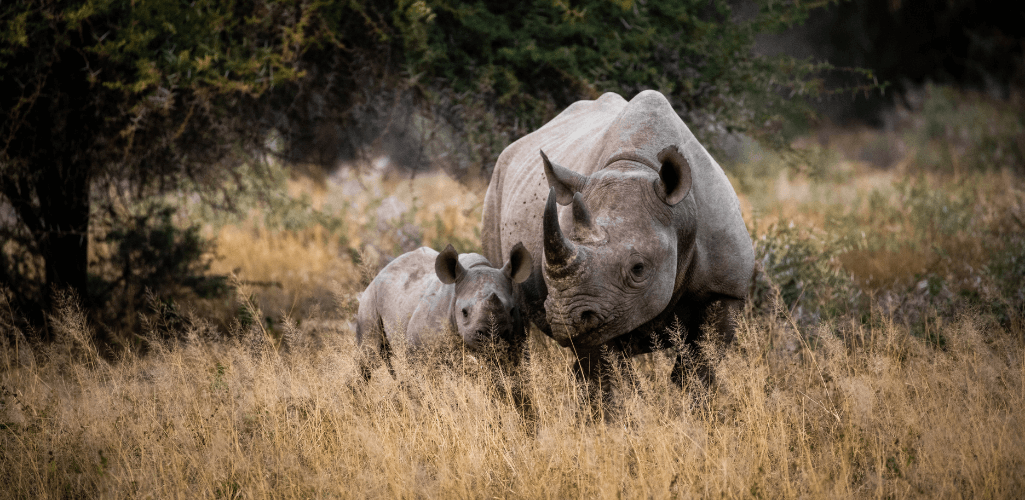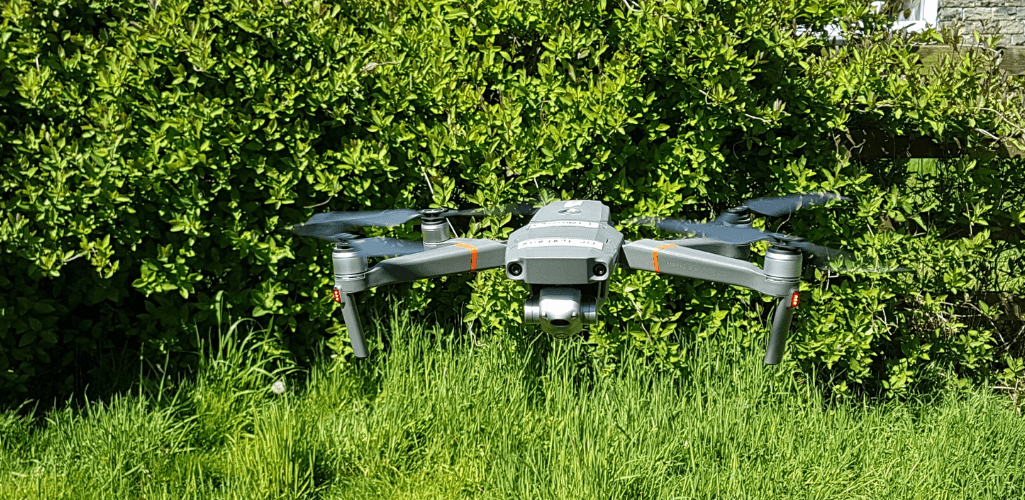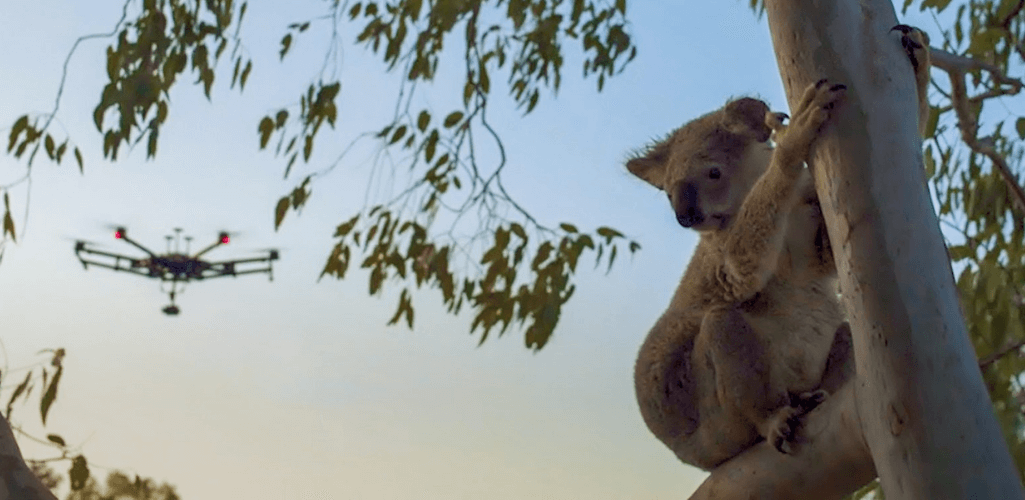
News
Drones For Wildlife Conservation
Conservation drones are protecting species around the world. Find out how the thermal camera drone, the DJI Mavic 2 Enterprise Advanced, is benefiting an international wildlife project. ... Read More

Major wildlife conservation project to survey endangered species through thermography demonstrates the capabilities of the DJI Mavic 2 Enterprise Advanced;
Its upgraded thermal sensor collects highly-detailed thermal imagery in a less invasive way;
Leading conservation scientist describes M2E Advanced as ‘amazing’, saying its upgraded cameras capture superior data compared to the M2E Dual;
Drones have become a key tool for conservationists, collecting data more efficiently, accurately and cheaply compared to traditional methods.
A pioneering research team, deploying drones for an international wildlife conservation project, has praised the capabilities of the ‘amazing’ DJI Mavic 2 Enterprise Advanced.
The scientists are using the aircraft’s thermal sensor to survey endangered species; identifying different types of animals from the patterns of heat they emit.
Its upgraded infrared camera is invaluable, enabling the team to fly at higher altitudes to collect better quality data without disturbing the animals; a feat which has not been possible with alternative drones.
The Mavic 2 Enterprise Advanced’s small frame also benefits researchers; providing a highly-portable solution in areas of challenging terrain.

The drone is being deployed as part of a major global initiative, spearheaded by Liverpool John Moores University, to develop a method to automate the detection of animals in drone and camera trap data through machine learning.
Dr Serge Wich, from the University, described the Mavic 2 Enterprise Advanced as an ‘amazing system’ for the job with superior data-collection capabilities compared to its predecessor, the Mavic 2 Enterprise Dual. He plans to use the Mavic 2 Enterprise Advanced - supplied by heliguy™ - on field trips around the world, including to monitor spider monkeys in Mexico.
Traditional Methods Vs Drones For Wildlife Conservation
Conservation drones can be used to monitor, count, and analyse wildlife to help shape more effective conservation strategies. Conservation drones have several advantages over traditional methods of wildlife conservation: They are less invasive and can capture highly-accurate data quicker and more cost-effectively.
Traditionally, conservationists have estimated numbers of endangered species by physically counting them or the signs they leave.

This is an inexact science: Animals can be in areas inaccessible to observers; signs of their presence - such as abandoned nests - rely on assumptions, such as the number of animals that share the nest; and migrating species can cause further problems for accurate data collection.
Put simply, conventional methods are time consuming, expensive and inaccurate.
To combat this the LJMU team consisting of Wich, Prof. Longmore, Prof. Fergus, and Dr. Chalmers has developed a system with infrared cameras on drones to monitor and track animals based on the heat they give off.
This body heat provides a glow (which can be measured), with each species having distinct warmer and colder areas that are unique.
This data provides key insights about the location, and species numbers; vital information which can shape an effective conservation strategy.
As an added advantage, thermal cameras allow detection of animals in the dark, or when they are camouflaged, meaning researchers have the potential to monitor endangered animals more effectively than ever before.
DJI Drones For Wildlife Conservation
The DJI Mavic 2 Enterprise Advanced has emerged as a reliable solution for this work.
This foldable and portable aircraft has a 640 x 512 px radiometric thermal sensor, with a 30Hz frame rate and 16x digital zoom, as well as a visual camera capable of 48MP imagery and a 32x digital zoom. It has a maximum flight time of 31 minutes, and depending on the region, benefits from a 10km transmission distance.
Dr Wich said: “The Mavic 2 Enterprise Advanced is an amazing system: High-quality dual sensors, on a small drone with a great flight duration.
“We often work in areas where we have to walk through tropical forests so having a small drone with a high resolution camera is a huge step forward for our work.”

The drone is the latest in the Mavic 2 Enterprise Series and its upgraded camera specifications - including a thermal sensor which has 17x more effective pixels than the Mavic 2 Enterprise Dual - give it the edge over its predecessors, enabling the research team to capture better quality data than before.
Dr Wich said: “We have previously used the Mavic 2 Enterprise Dual. This system works well to detect fires, which is something we do in the peatlands of Indonesia. However, the lower resolution thermal camera did not allow for detection of animals while flying high enough not to disturb them or too close to the canopy, which is dangerous.
“The Mavic 2 Enterprise Advanced solves this issue for us: Its high-quality thermal sensor ensures we can fly at a high enough altitude to not disturb the animals while collecting the data that we need.
“We are aiming to use the Mavic 2 Enterprise Advanced at various locations in the world to collect data, including research on spider monkeys in Mexico.”
Machine Learning To Aid Wildlife Conservation
After the drones have collected the data, the information is uploaded to www.conservationai.co.uk, providing a resource to conservationists around the world.
Dr Wich said: “Human encroachment into areas where animals occur is leading to a decrease of animal numbers around the world. To try to prevent such reductions, it is crucial to have information on where animals are located and how many of them there are.
"At Liverpool John Moores University, we are developing a method to automate the detection of animals in drones and camera trap data through machine learning.”
Trials have taken place at Knowsley Safari, in Prescot, to shape the project and prove the concept of using drones for this type of conservation work. The Mavic 2 Enterprise Advanced was one of the drones tested at Knowsley Safari.
Dr Wich added: “Knowsley Safari provides us with a fantastic opportunity to collect data and test our methods for the species that live there. So, during the past few years, we have been collaborating with the team at Knowsley Safari.”
Naomi Davies, Research and Conservation Officer at Knowsley Safari, said that evidence-based information about the numbers, location and behaviours of endangered or critically-endangered species in the wild can help inform management decisions for captive populations.
She said that drone-based data collection brings a vast range of benefits to Knowsley Safari’s current conservation work and the team at Knowsley is keen to continue to work with the university.
She added: “Zoos and safaris can play a key role in testing methodologies and technologies, such as this. Testing in the field can be time consuming, expensive, and come with a host of other complications, so being able to offer a 'test site' where researchers can see the same animals they would in the field to do initial testing and troubleshooting is great.”
Conservation Drones: Other Examples
Conservation drones are proving their worth around the globe. Below are some examples of how DJI drones are helping to protect some of the world's most endangered species.

Counting the lion’s whiskers: Drones have been used in a trial to count lions' whiskers. Aircraft, such as the DJI Mavic 2 Zoom, can take high-resolution photographs of the animals and capture their unique whisker print.
Koala Search and Rescue: Amid the raging bush fires in Australia in 2019-20, forest and wildfire officers used the DJI Mavic 2 Enterprise Series to quickly search for surviving koalas in both burnt and unburnt areas. The thermal sensor was used to identify a heat source, and the visual camera was used to check if the animals were injured. Using the drone was cheaper and more efficient than alternative methods, such as scat surveys.
Anti-poaching Drones: Elephant protection organisations in Kenya have started leveraging anti-poaching drones, like the DJI Mavic 2 Enterprise Dual or the Mavic 2 Enterprise Zoom, to combat poaching. Using zoom and thermal imaging, poachers can be located 24/7 and the footage can be used as evidence. In five years, the organisation has helped with the arrest of more than 300 poachers.
